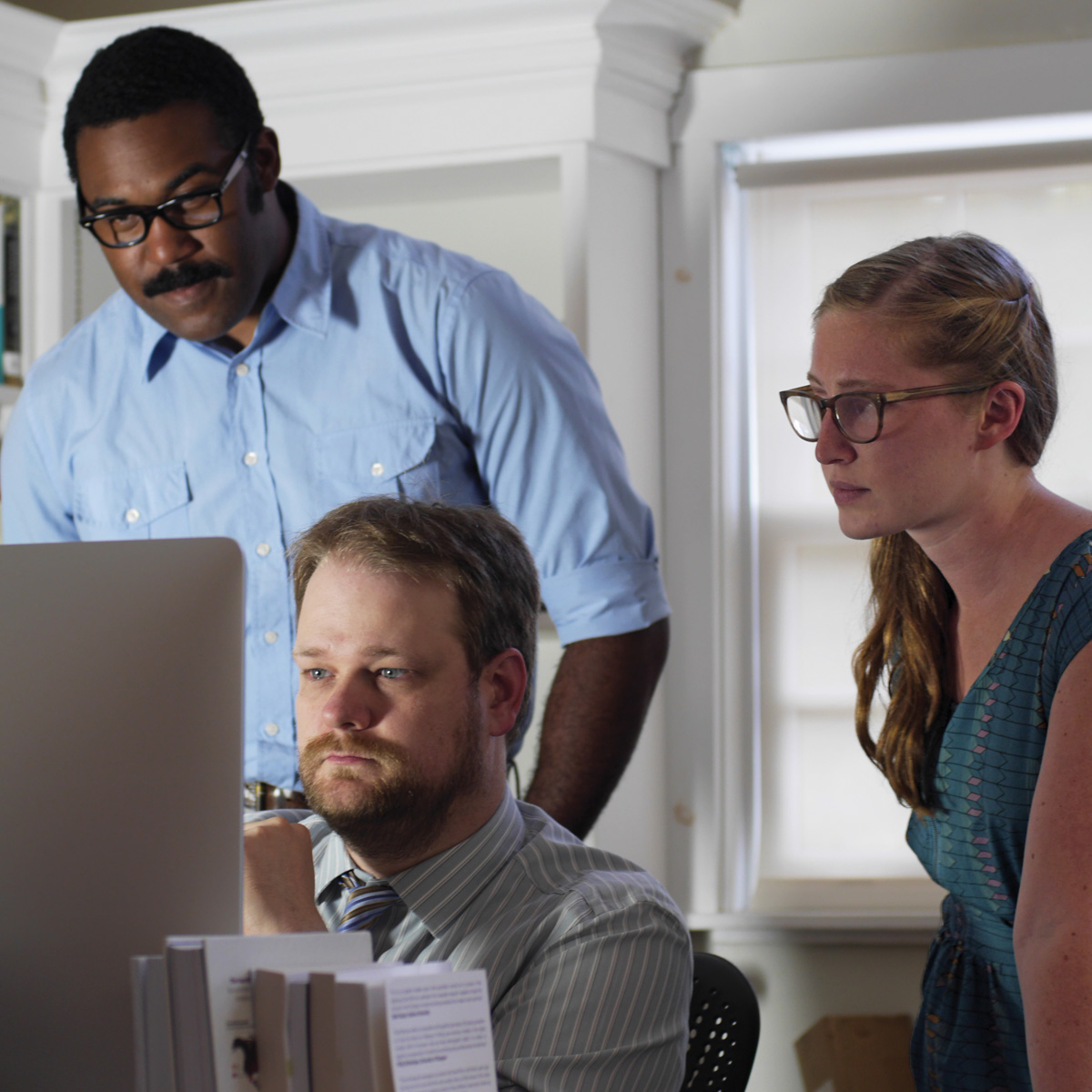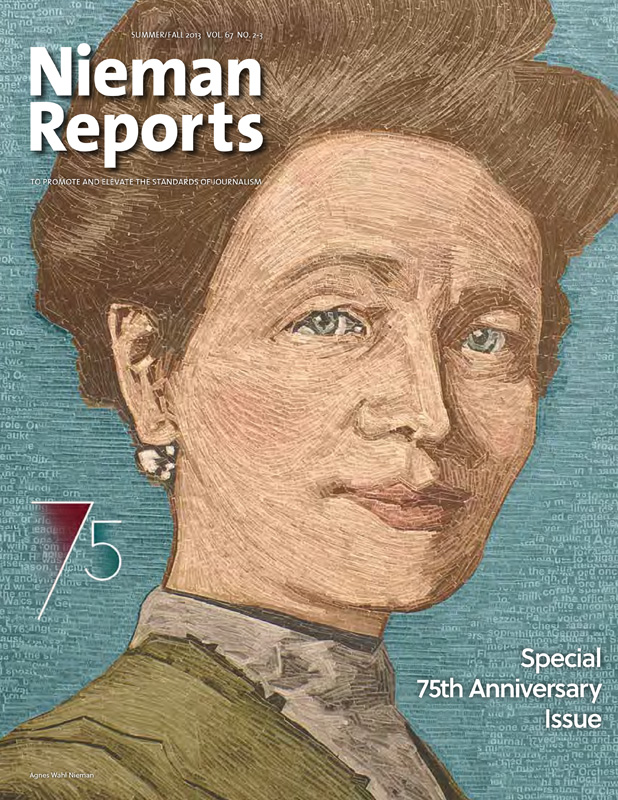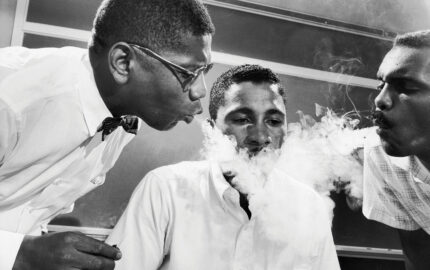Joshua Benton, NF ’08, recounts the origins of the Nieman Journalism Lab
By the time I applied for a Nieman in 2007, the changes in America’s newsrooms were too real to put out of mind. While some argued that the layoffs and cutbacks were just the latest dip in the familiar sine curve of the business cycle, it was clear to many that the Internet was changing the news business permanently. And the business disruptions that started in the United States were spreading to Europe, Latin America, and the rest of the world.
I arrived at Harvard from The Dallas Morning News, where I was a traditional reporter—doing investigations, writing a column, cobbling together foreign assignments where I could. But while I spent my days newspapering, I’d spent the better part of the previous 15 years building on the Web. I’d written my first HTML in 1994 and paid for my beer and pizza in college by building websites.
Unbeknownst to me, curator Bob Giles and the Nieman Foundation had been discussing for some years how to deal with what the Internet hath wrought. As it happens, 2007 was the last great year for the Harvard endowment before the economic downturn —a 23 percent return!—and that meant the Foundation was due a special, one-year-only extra payout and tasked with doing something innovative with it. That something was the ungainly named Nieman Digital Journalism Project, and I was hired in the final month of my Fellowship to lead it. (Yes, I lived the dream of so many Nieman Fellows: coming to Lippmann House and never leaving.)
 I started July 1, 2008. By August, we’d changed the name to the Nieman Journalism Lab, and moved into the basement of Lippmann House. Quickly, we became part of the daily habits of journalists. What was initially a one-year experiment became a permanent part of the Nieman Foundation. Over the ensuing five years, we’ve grown from a staff of one to having funding for five positions, thanks in part to grants from the Knight Foundation and the Carnegie Corporation of New York. One third of our audience is outside the United States, and we’re having an influence in newsrooms around the world.
I started July 1, 2008. By August, we’d changed the name to the Nieman Journalism Lab, and moved into the basement of Lippmann House. Quickly, we became part of the daily habits of journalists. What was initially a one-year experiment became a permanent part of the Nieman Foundation. Over the ensuing five years, we’ve grown from a staff of one to having funding for five positions, thanks in part to grants from the Knight Foundation and the Carnegie Corporation of New York. One third of our audience is outside the United States, and we’re having an influence in newsrooms around the world.
Our mission, when we launched and still today: to report on and research journalism innovation, at every stage of the news, from reporting and production to distribution and discovery to consumption—and how to pay for it all. We believe in the power and value of journalism—but we also believe, fervently, that the Internet is as extraordinary a tool for the spread of knowledge as has ever been invented. We’re fundamentally optimistic about where the future will take journalism, even though there’ll be pain along the way.




